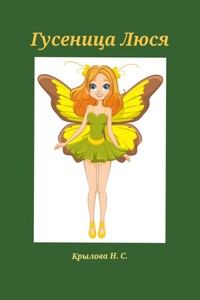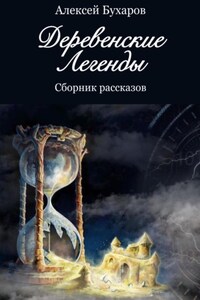Collins New Naturalist Library96
Fungi
Brian Spooner & Peter Roberts
SARAH A. CORBET, ScD
S.M.WALTERS, ScD, VMH
PROF. RICHARD WEST, ScD, FRS, FGS
DAVID STREETER, FIBIOL
DEREK A. RATCLIFFE
The aim of this series is to interest the general reader in the wildlife
of Britain by recapturing the enquiring spirit of the old naturalists.
The editors believe that the natural pride of the British public
in the native flora, fauna and fungi, to which must be added
concern for their conservation, is best fostered
by maintaining a high standard of accuracy
combined with clarity of exposition
in presenting the results
of modern scientific
research.
IT IS NOW more than 50 years since John Ramsbottom’s Mushrooms and Toadstools first appeared as Volume 7 in the New Naturalist series. It fast became one of the most prominent of the early titles, running to a total of six impressions before finally going out of print in 1983. The Editors have long planned a successor which would present an up-to-date account of fungal natural history that took into account all the developments in the subject over the past half-century. Thus it is with particular satisfaction that we welcome Fungi as Volume 96, written by two of the country’s leading mycologists.
Brian Spooner is Head of Mycology at the Royal Botanic Gardens, Kew, where he has worked since 1975, and is an authority on the British Ascomycetes. Peter Roberts also works at Kew as a Senior Mycologist with a particular interest in the non-agaricoid Basidiomycetes.
In 1953, the Editors wrote in the preface to Mushrooms and Toadstools, ‘Dr. Ramsbottom could undoubtedly have written – in fact, did, in the first place, write – a book more than double the present length; and even then, he complained that much had to be omitted!’ Honesty compels us to record that the present authors had to be no less curtailed and no doubt harbour a similar grumble about the Editors! It is now generally accepted that the original view that the living world could be conveniently divided into plants and animals, albeit with the bacteria constituting an awkward anomaly, is no longer adequate to describe the diversity of the planet. The fungi are now recognised as a separate Kingdom of their own, but back in the early 1950s, this view was only just beginning to be universally accepted. Indeed, one of the questions that John Ramsbottom rather coyly skirted around was ‘What is a fungus?’.
Fungi contain some of the most beautiful, bizarre and grotesque products of evolution on the planet. Among them can be found some of the largest and long-lived organisms on earth. There is probably no corner of the globe that is without them. Most importantly, they form intimate associations with other organisms, enabling them to live in conditions from which they would otherwise be excluded. The partnerships between fungi and green algae, or cyanobacteria, that produce lichens are well known, but it is now recognised that, among the higher plants, those without a fungal partner are the exception rather than the rule. Indeed, it may well be that the invasion of the land itself was crucially facilitated by the evolution of these plant-fungal partnerships. Finally, fungi touch our own lives as causers of crop diseases and, more positively, from the yeast that provides our daily bread to the antibiotics on which modern medicine depends. Some of these aspects have already been covered in recent New Naturalist volumes such as David Ingram’s and Noel Robertson’s Plant Disease (85) and Oliver Gilbert’s Lichens (86), but for the rest, we confidently leave the reader to discover in the following pages.
IT IS NOW more than half a century since John Ramsbottom’s classic Mushrooms and Toadstools was published in the New Naturalist series. It was the first of the series to deal with fungi and contained a wealth of information, focused particularly on the development of mycology and the ecology of fungi, which helped bring both subjects to the wider audience they deserve.
The succeeding 50 years has seen immense progress in the study of fungi, establishing even more firmly the major role they play in the environment and in our day-to-day lives, and highlighting the extraordinary diversity of these ancient and ubiquitous organisms. Gone are the days when fungi were treated as an obscure subset of ‘lower plants’ studied mainly as unwanted causers of disease. They are now understood to form intimate and beneficial partnerships with almost every form of life, from bacteria and algae to flowering plants, insects and even mammals, while also providing the vital service of decay, decomposition and nutrient recycling on which all terrestrial life depends.








